What is the tolerance range of precision screws?
What is the tolerance range of precision screws?
Service Hotline
+86760-8787 8587We have more than ten years of experience in screw industry production, the main products are: five-pointed star plastic bolts, copper-plated fasteners, GB70 screws, explosion screws, flanged hexagon nuts, British and American nylon lock nuts, rubber coupling gaskets, Closed blind rivets, high-strength socket head cap screws, black flange nuts, three-combination screws with washers, cup head socket head socket head cap screws with flat washers, hexagon socket screws, full-tooth extension screws, flat washers set plate Fasteners such as head combination screws, due to the different materials and specifications of the products, the prices are also different, if necessary, please contact us.


At present, the stopping method of the pin shaft stop pin of the general hydraulic excavator is mainly by using a long bolt to pass through the pin shaft stop sleeve pin hole and the pin shaft pin hole, and then use a double nut on the other end of the bolt to force it away from the pin shaft. The outer circle of the stop sleeve is about 2 3mm away to prevent the bolts and nuts from falling off. Due to the structure in which the double nuts are pressed against each other, the disassembly and assembly efficiency of this pin shaft stop method is not high, and two wrenches are required for each assembly and disassembly, which is extremely troublesome.
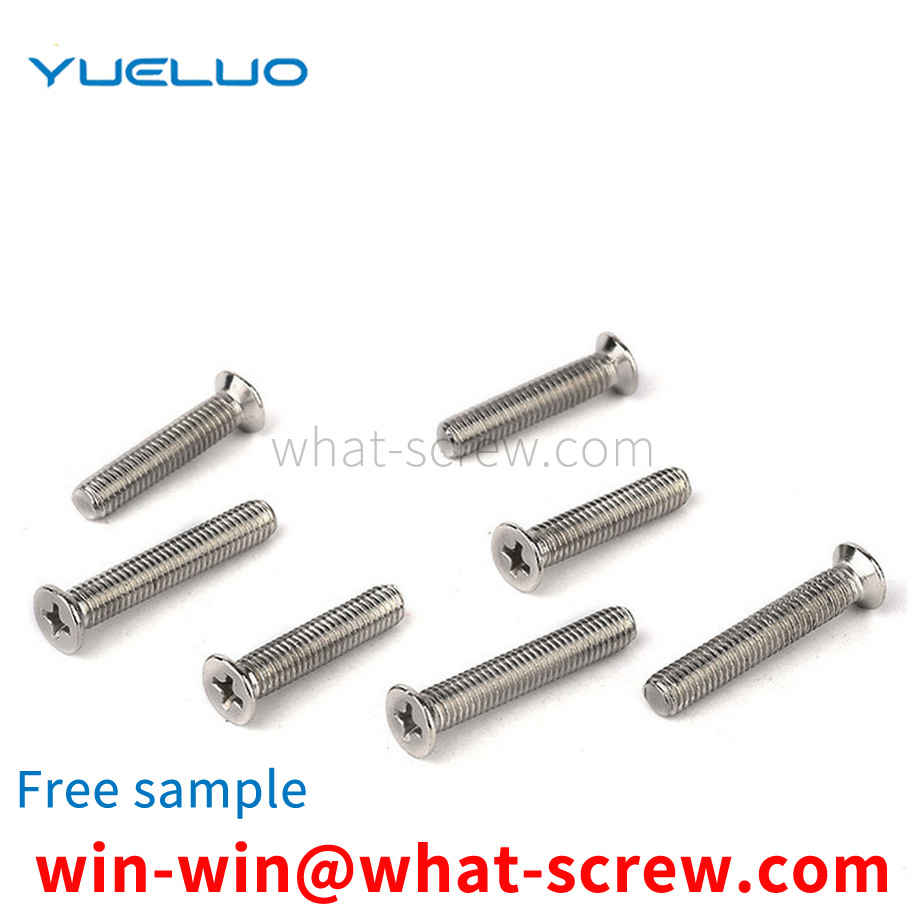
At present, the commonly used fastener loosening prevention methods generally include non-removable anti-loosening solutions and friction-increasing anti-loosening solutions. The non-removable anti-loosening scheme uses welding, bonding or punch point riveting to change the detachable threaded connection into a non-detachable threaded connection. In the non-removable anti-loosening scheme, the threaded fasteners cannot be reused and the operation is troublesome. It is often used in some important occasions that require high anti-loosening performance without disassembly. The anti-loosening scheme that increases the frictional force uses the method of increasing the frictional force of the bolt (screw) head and the end face of the nut to achieve the purpose of anti-loosening. The anti-loosening solution that increases friction is not limited by space and can be disassembled repeatedly, but the reliability is poor. After a certain period of work, the anti-loosening effect will be reduced due to vibration and other reasons.
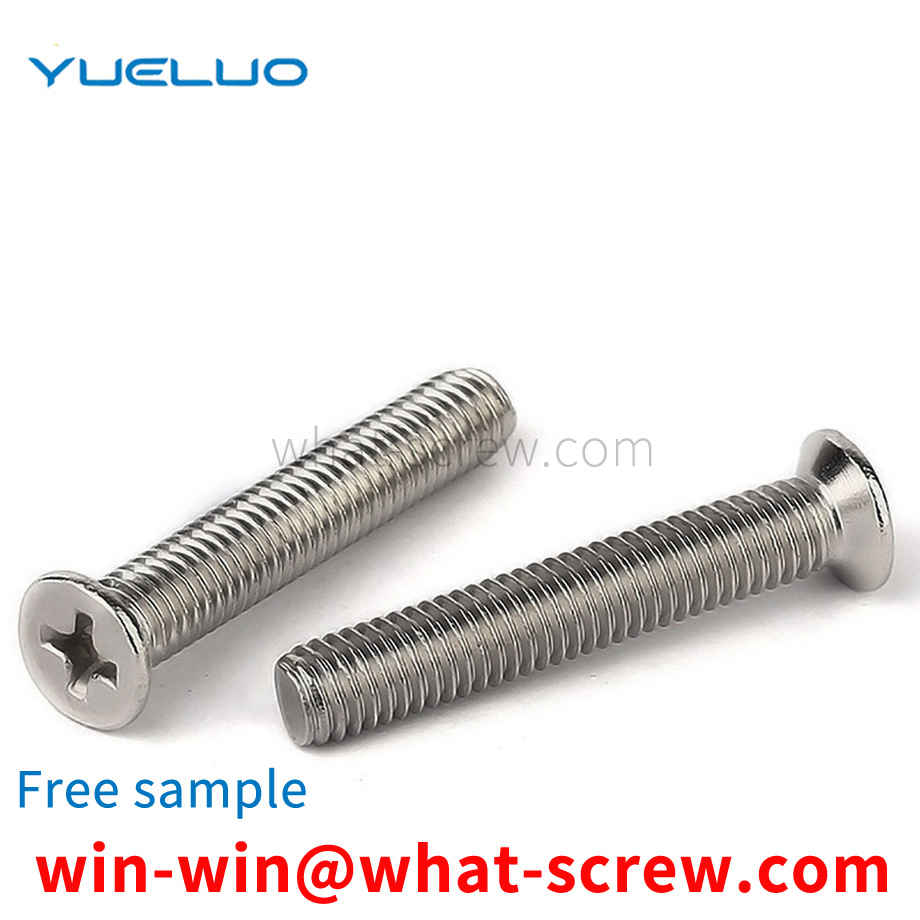
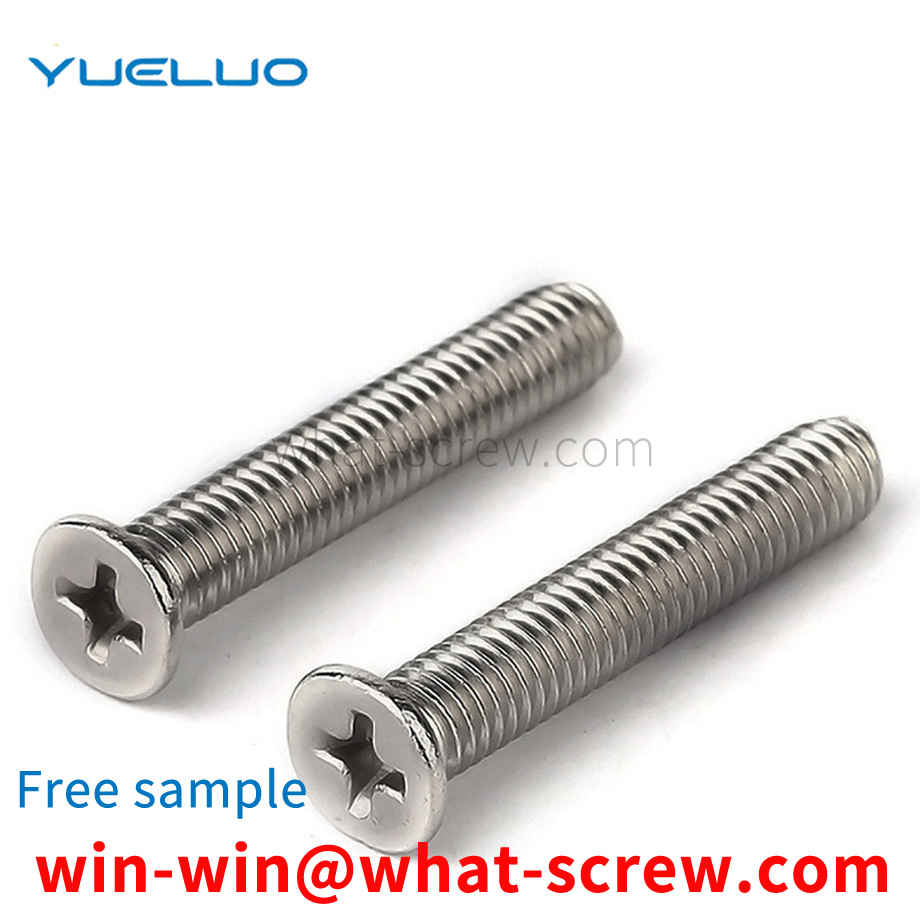
The earliest rivets were small pegs made of wood or bone, and the earliest metal variants may be the ancestors of what we know as rivets. They are without a doubt the oldest known method of joining metals, dating back as far as the earliest use of malleable metals, eg: Bronze Age Egyptians riveted the six wooden sectors of the outer lines of a slotted wheel with rivets Fastened together, after the Greeks had succeeded in casting large statues in bronze, the parts were riveted together with rivets.
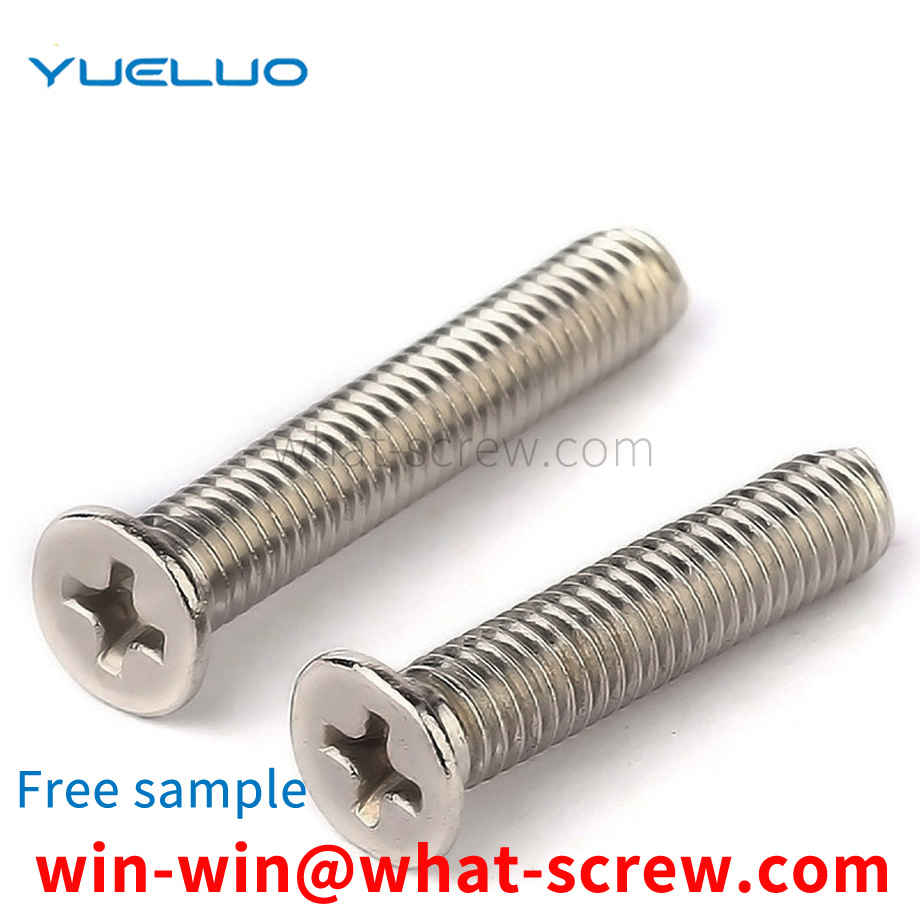
The traveling plate can be driven by the traveling cylinder to move from the lower end of the circlip sleeve rod to the lower ends of the two probes of the circlip tightening mechanism; after the two probes tighten the circlip, the traveling plate can be moved in the traveling cylinder. The tightening mechanism moves down under the drive of the lifting cylinder, the probe installs the tightened circlip in the workpiece, and then retracts the probe upward.
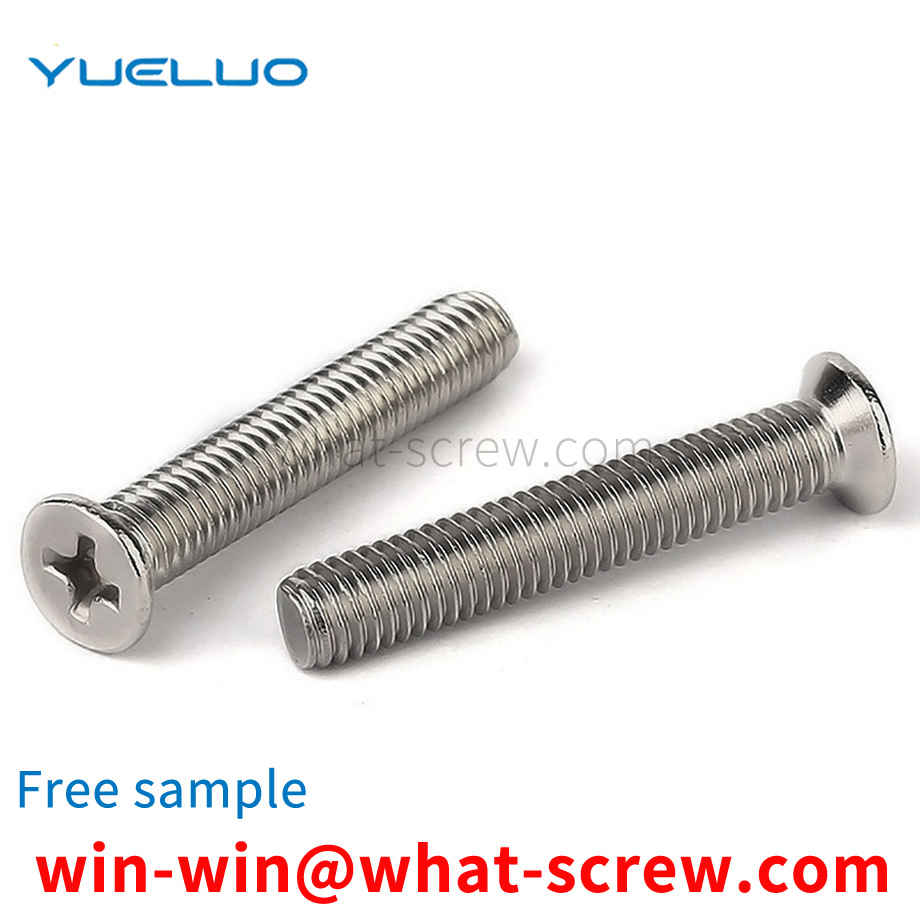
The above content is uploaded by Yueluo or the Internet. If there is any copyright issue, please contact [email protected].

What is the tolerance range of precision screws?

How to choose the right stainless steel screw manufacturer?

Why is there an R angle under the head of the hexagon head s...

We have more than ten years of production experience in the ...

We have more than ten years of experience in the production ...

We have more than ten years of experience in the production ...

We have more than ten years of experience in screw industry ...